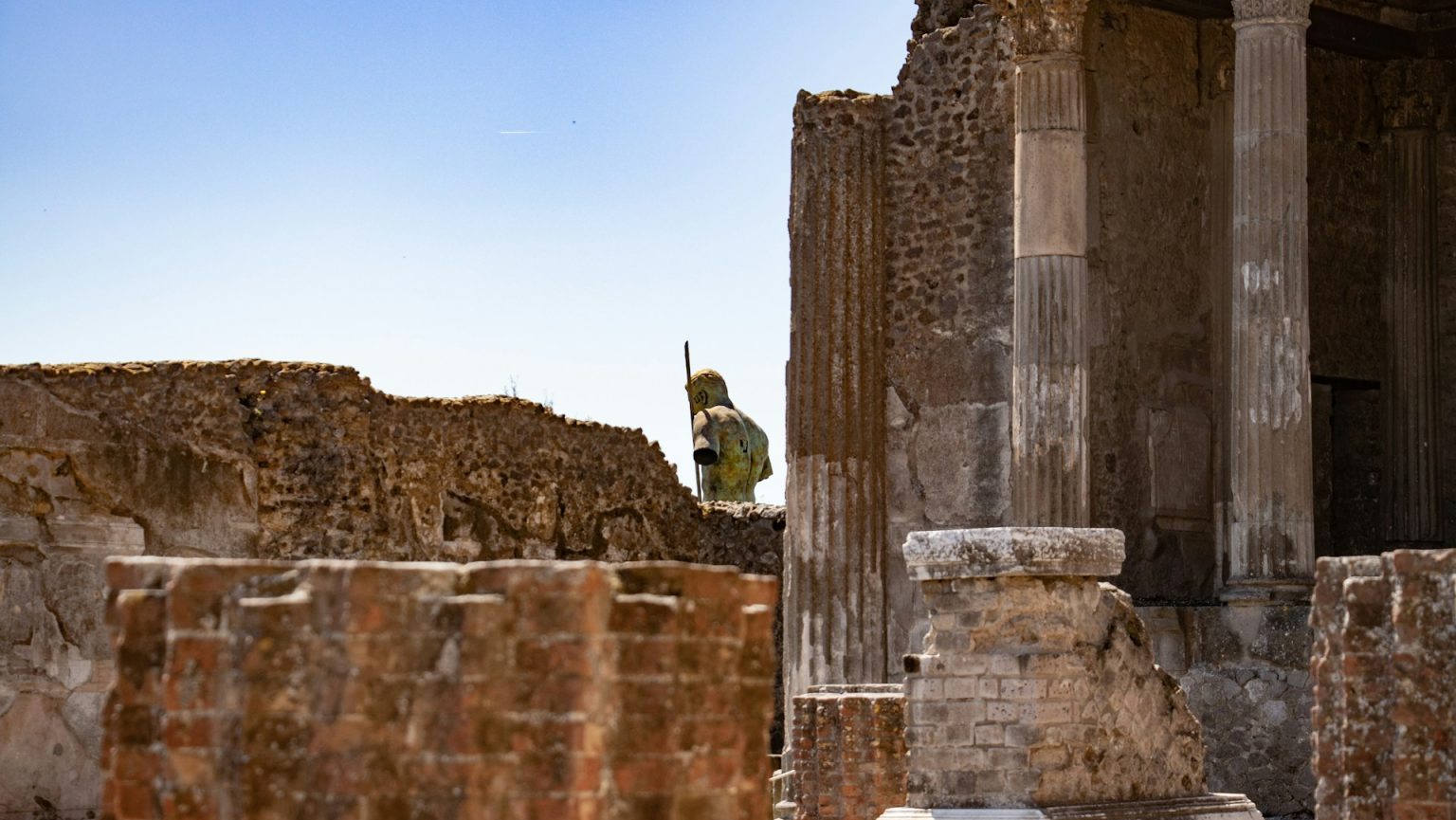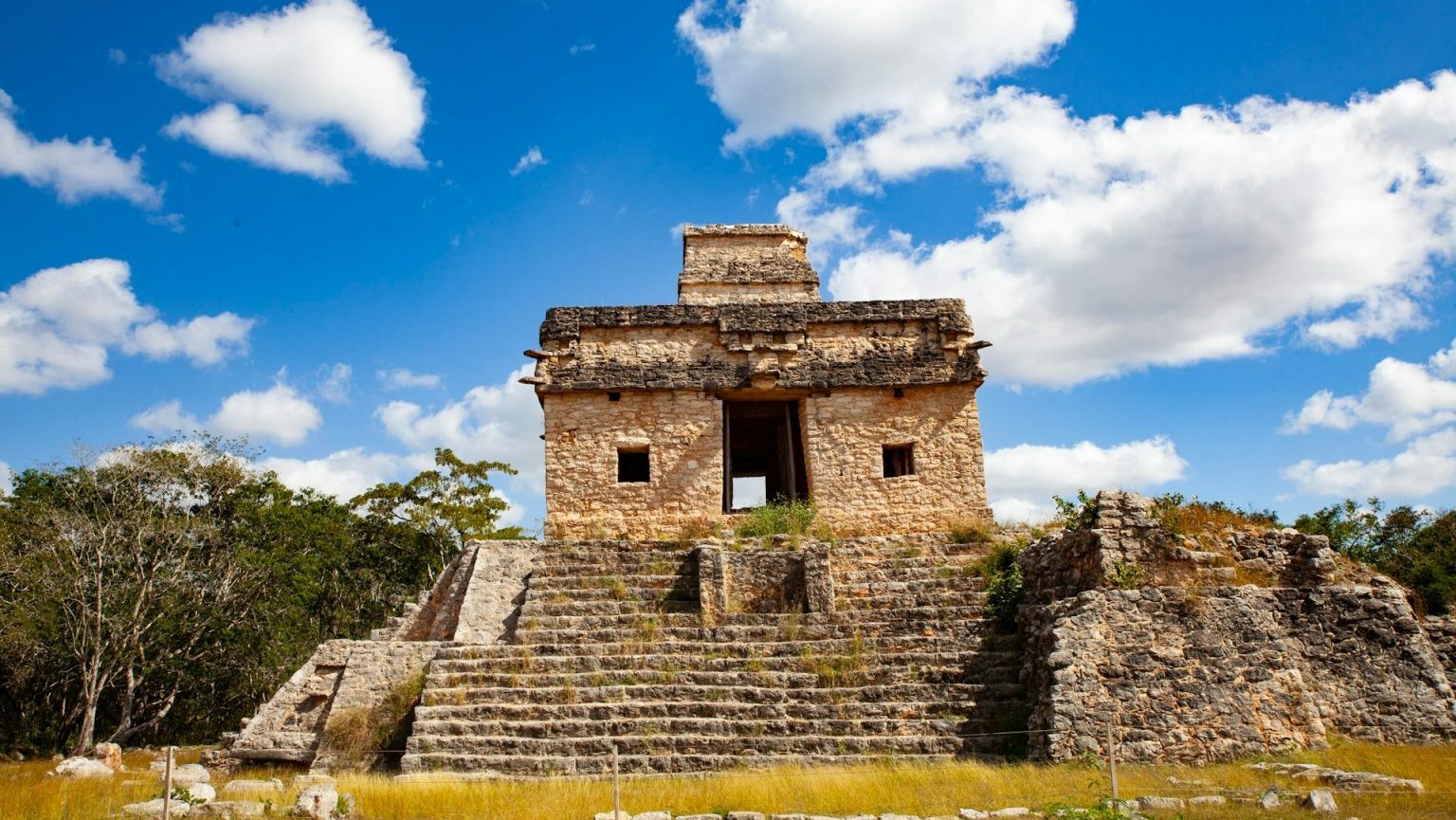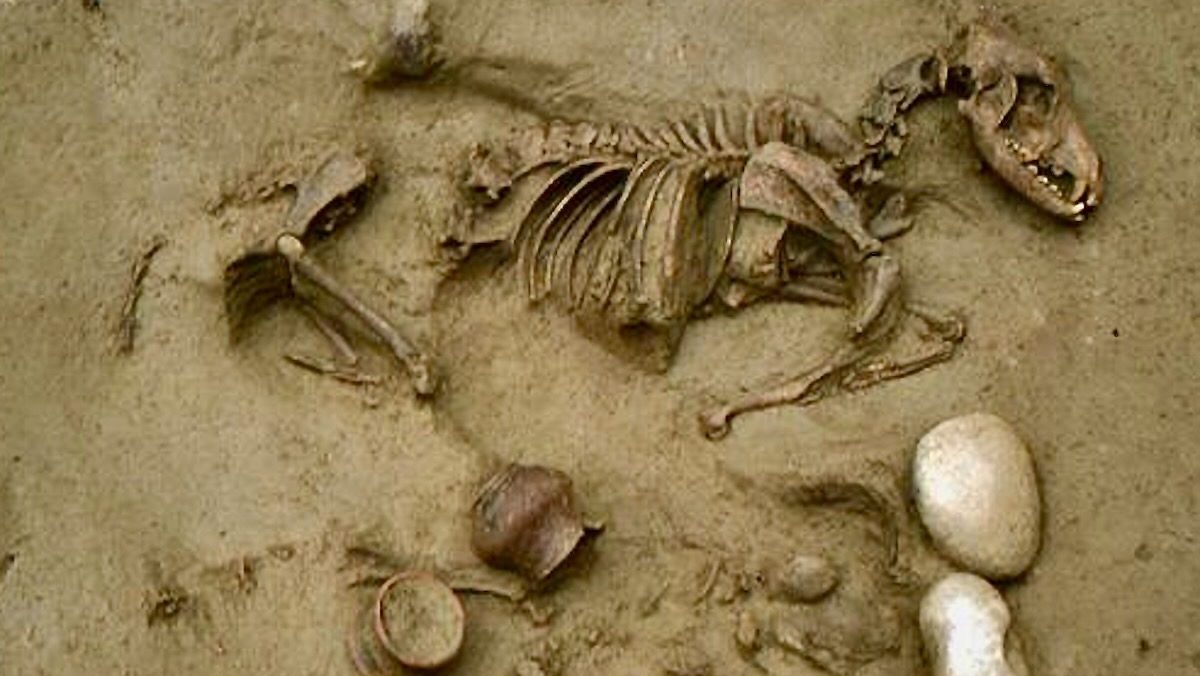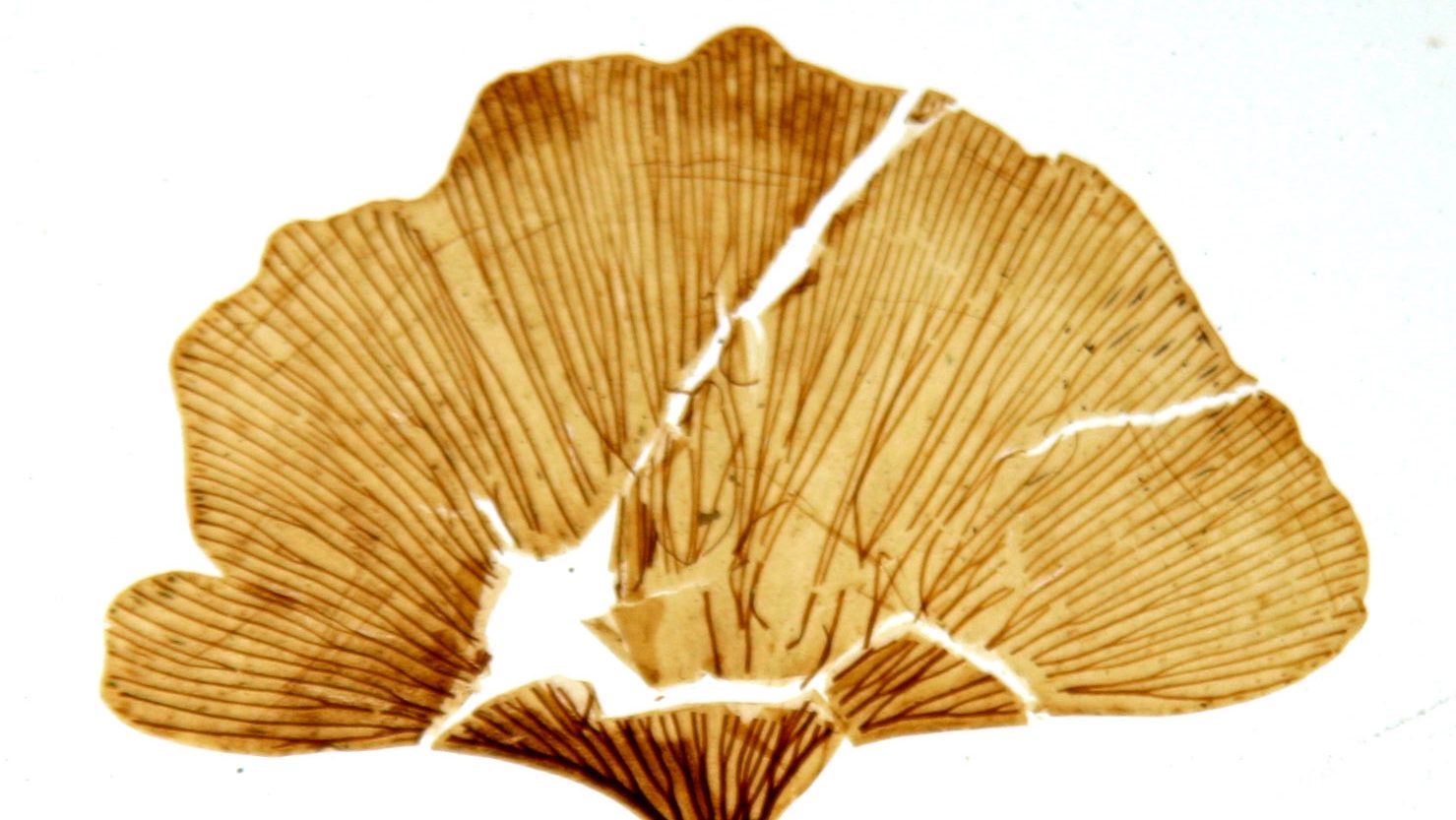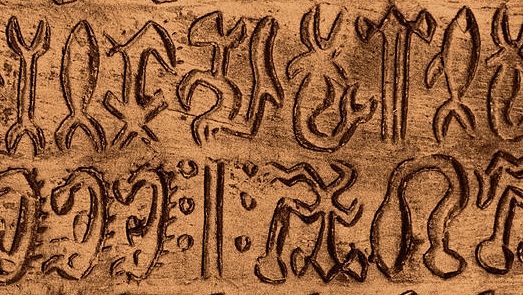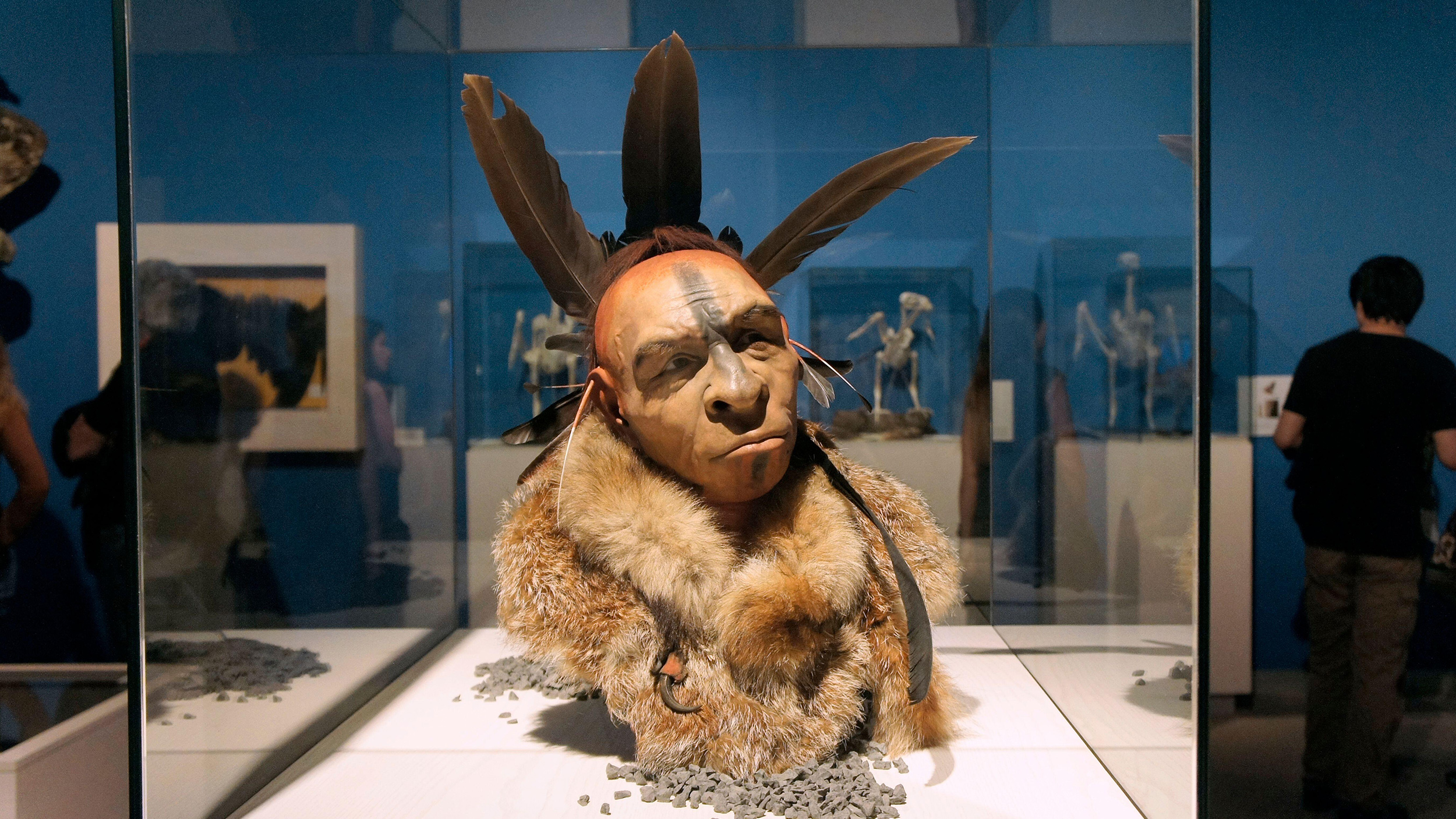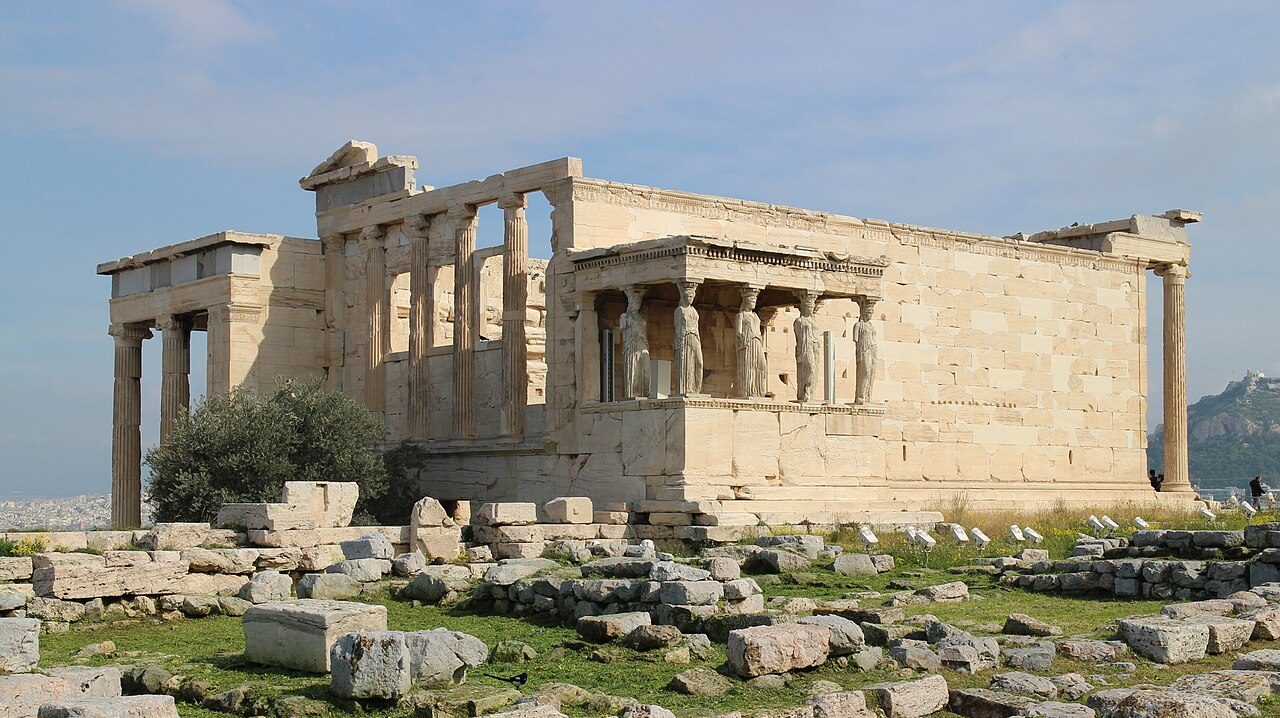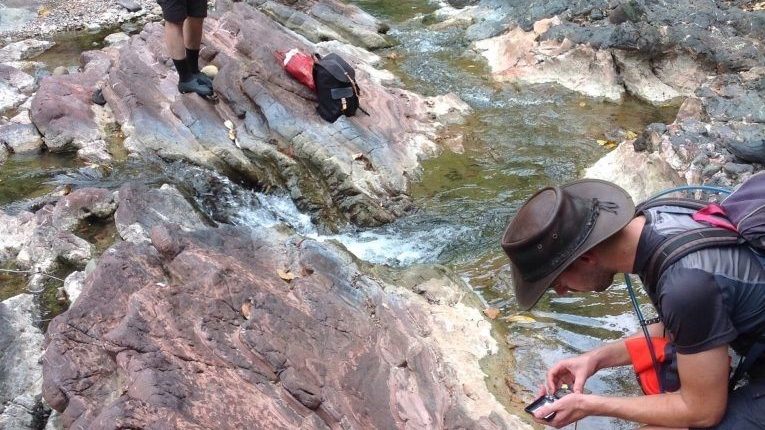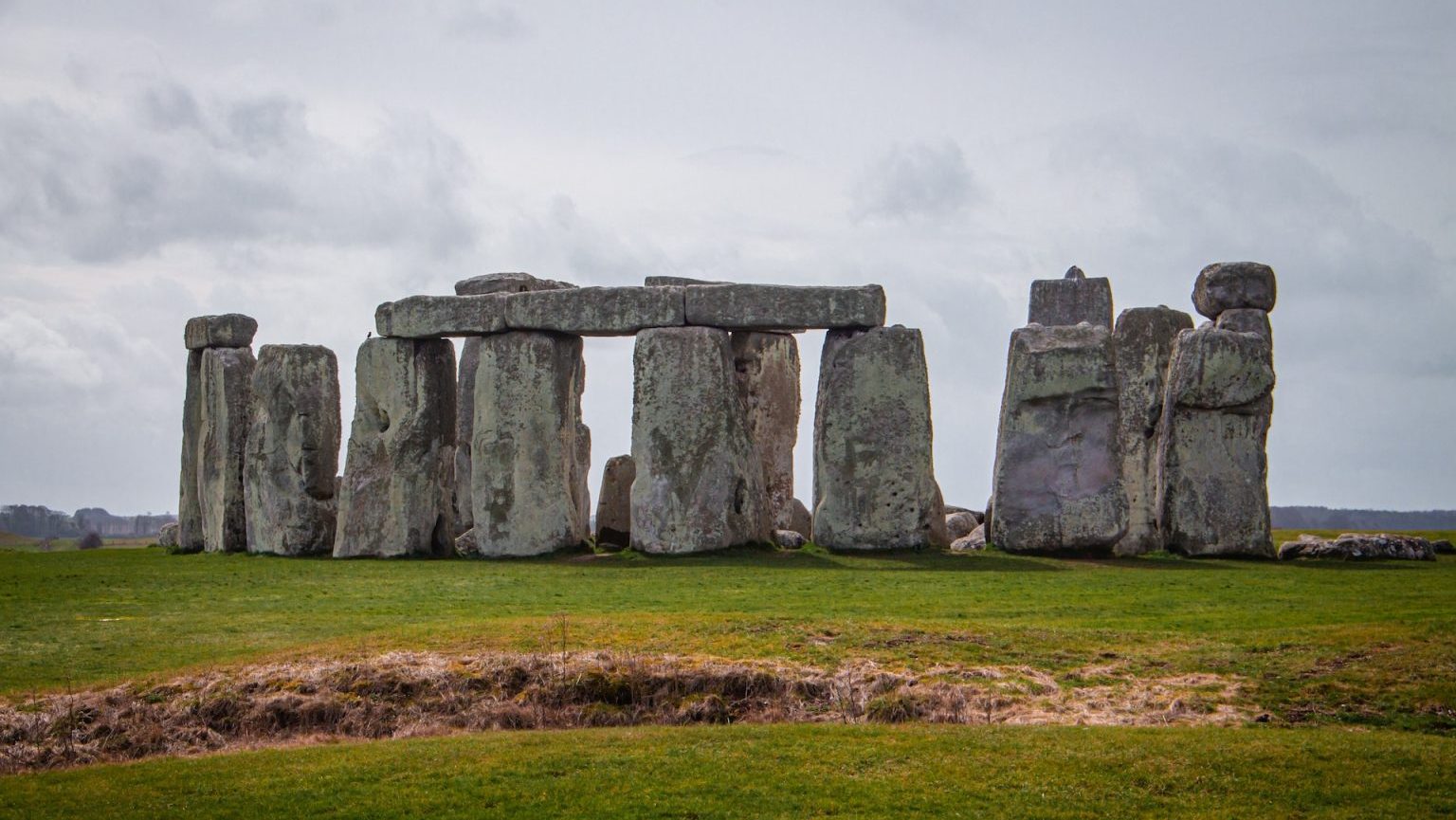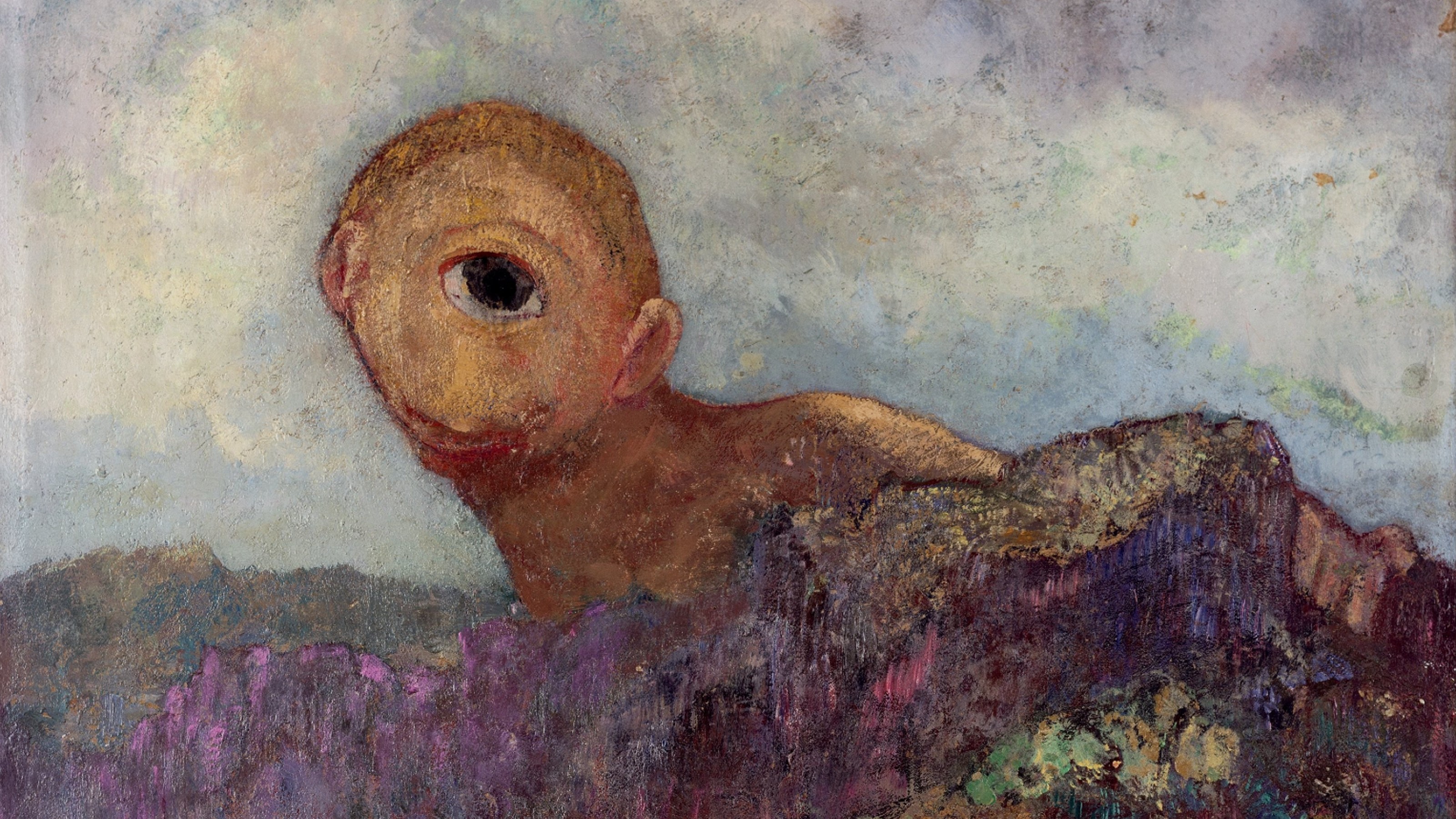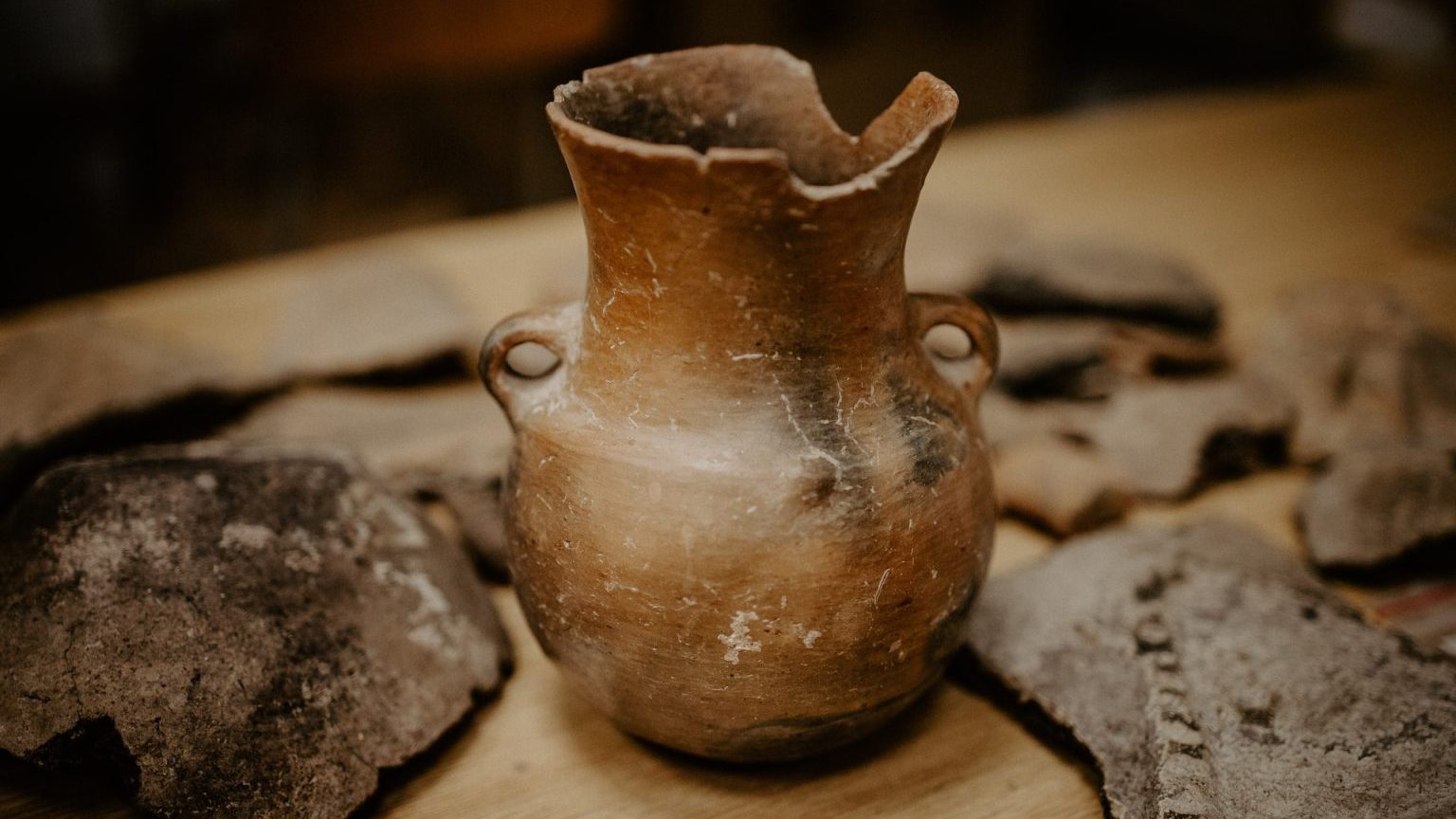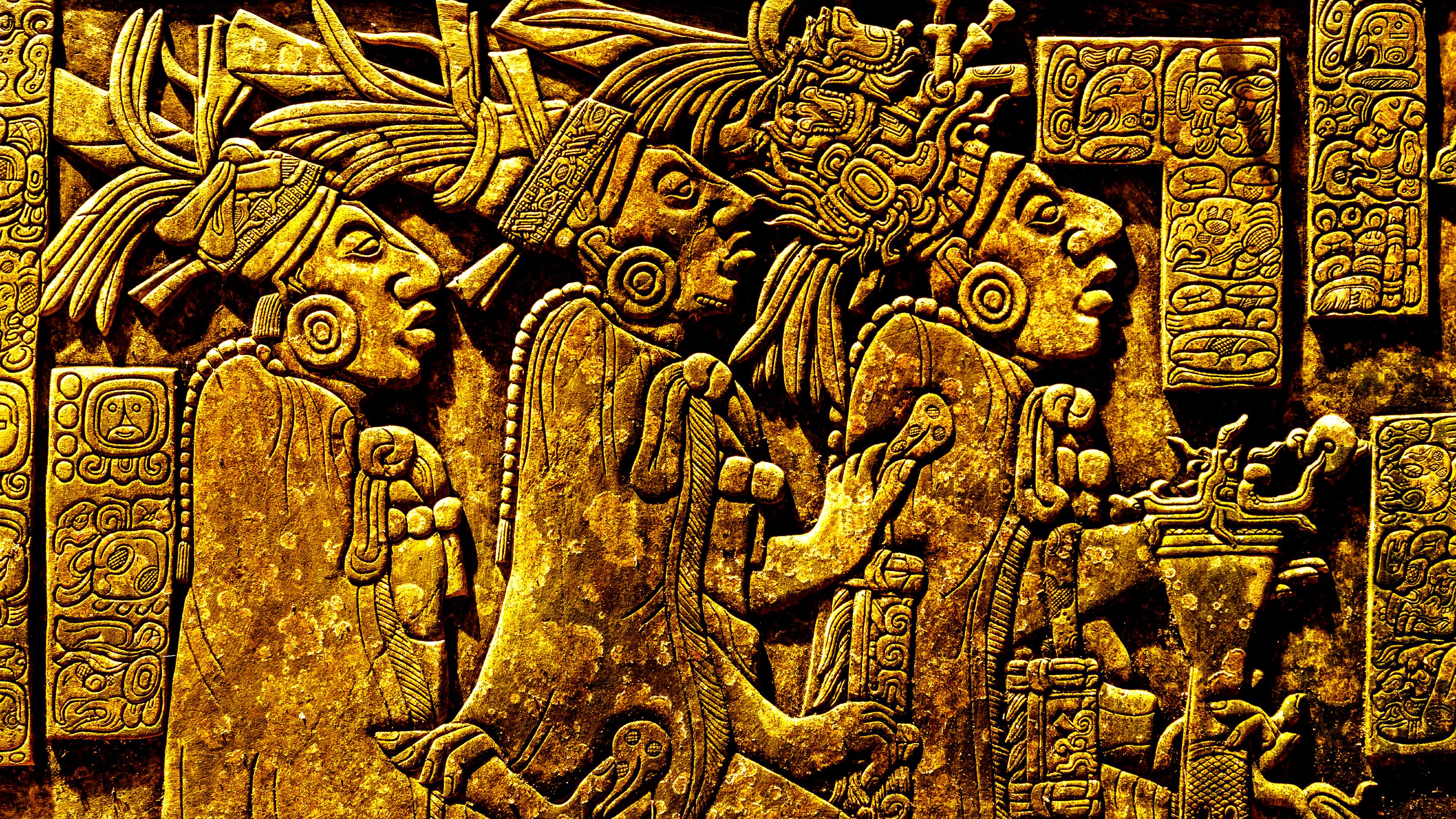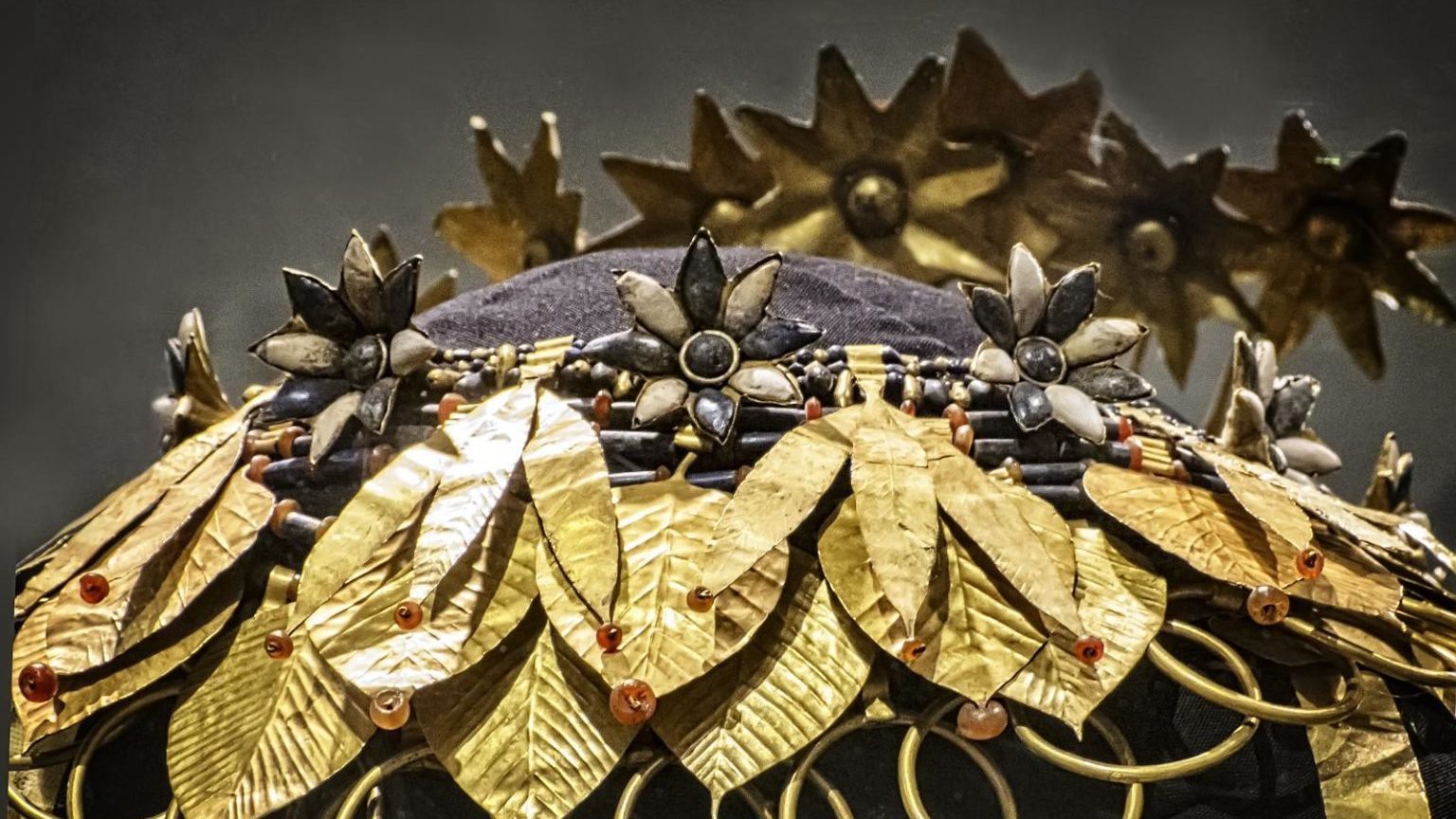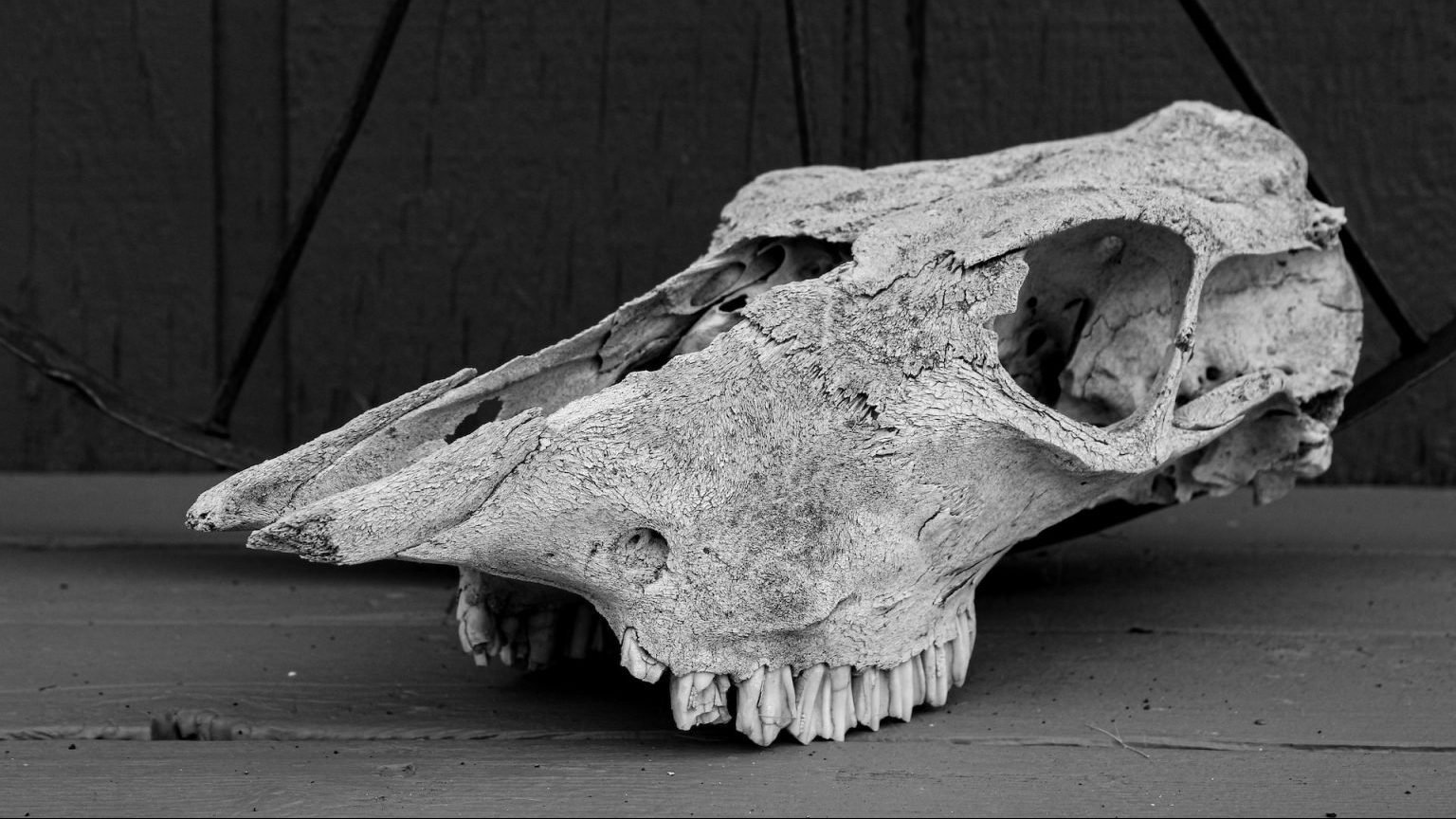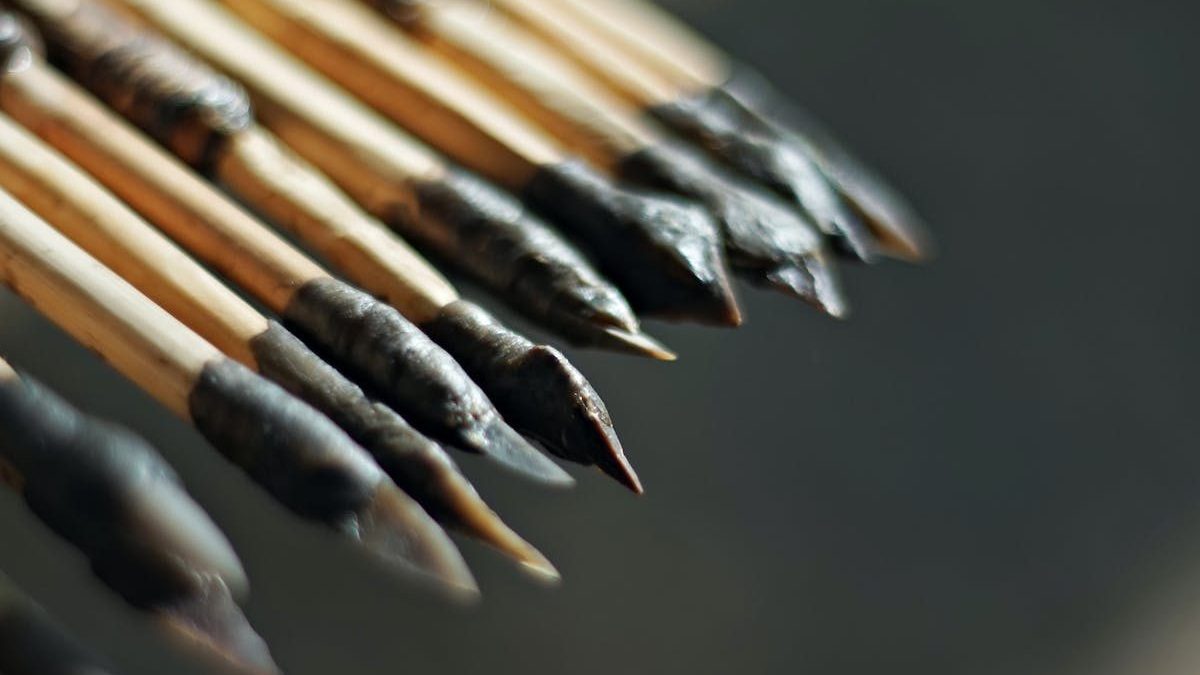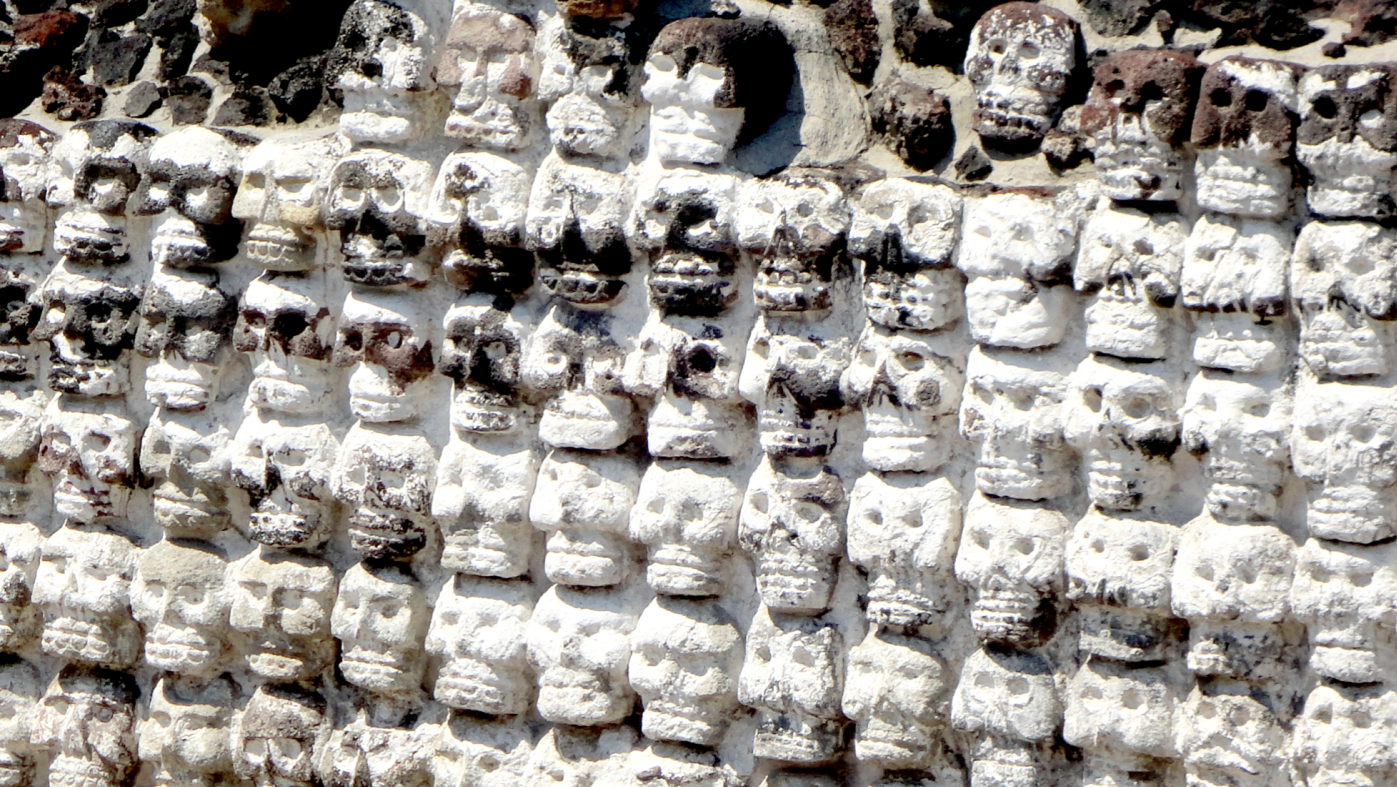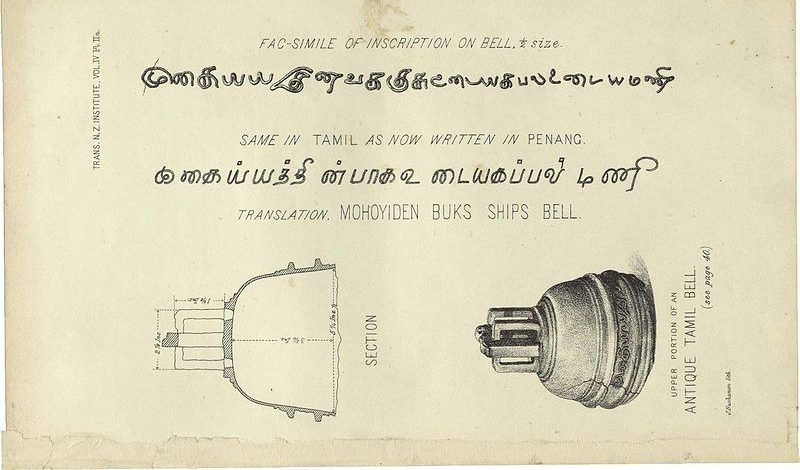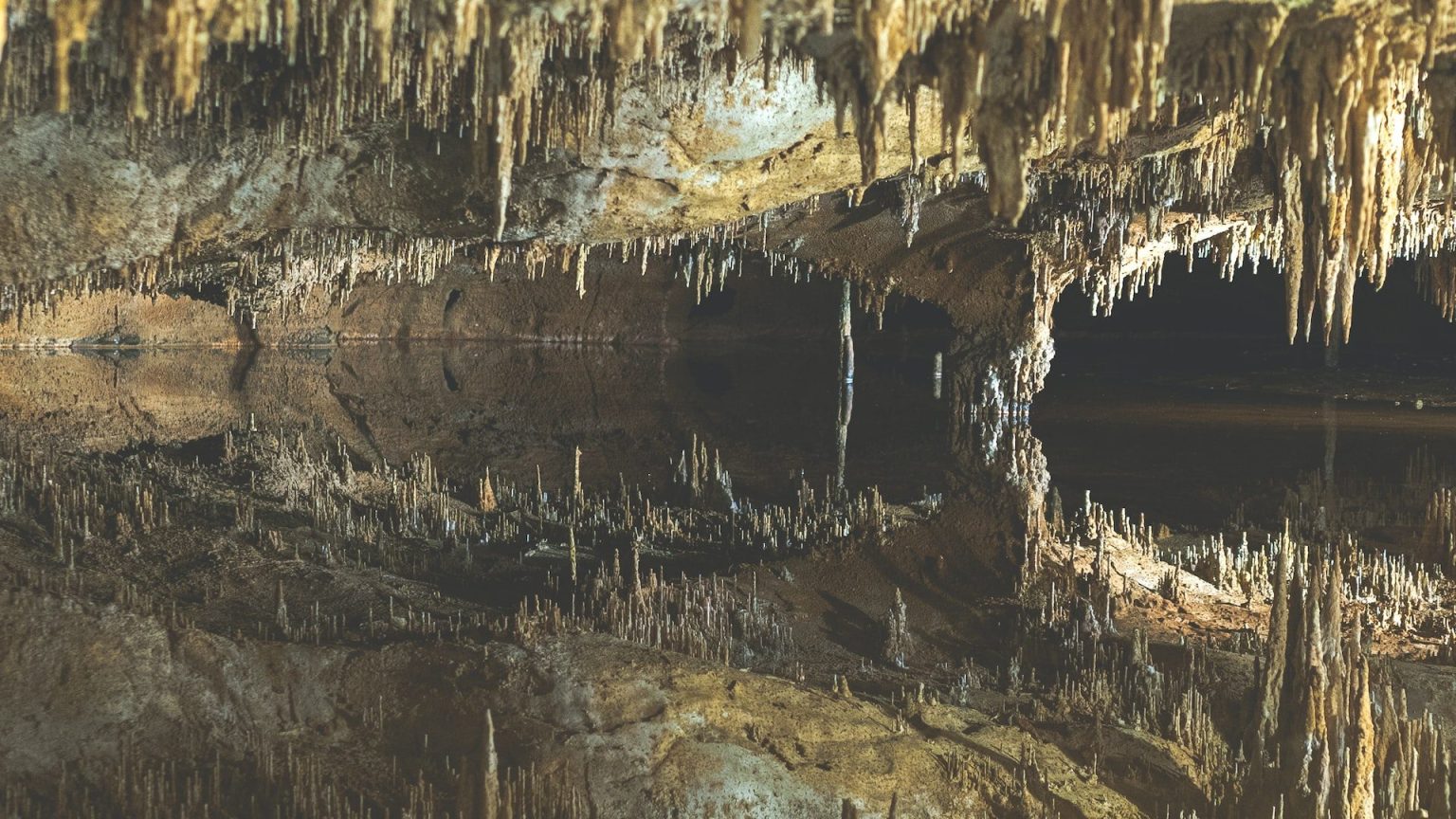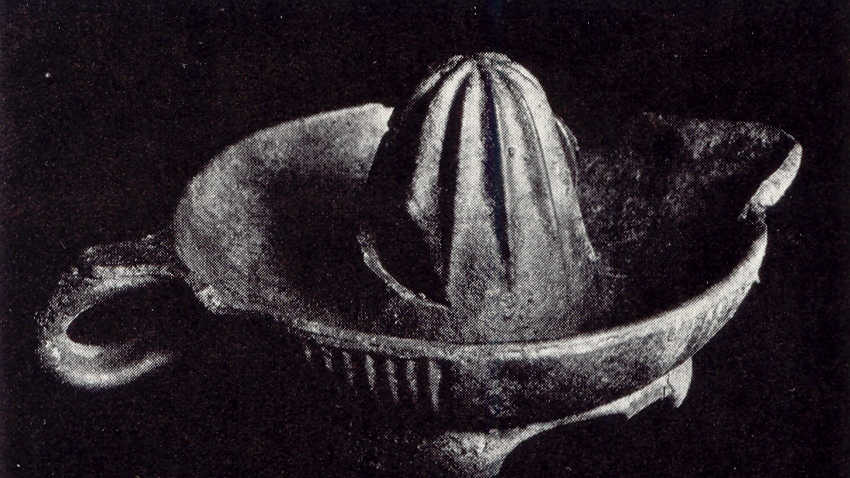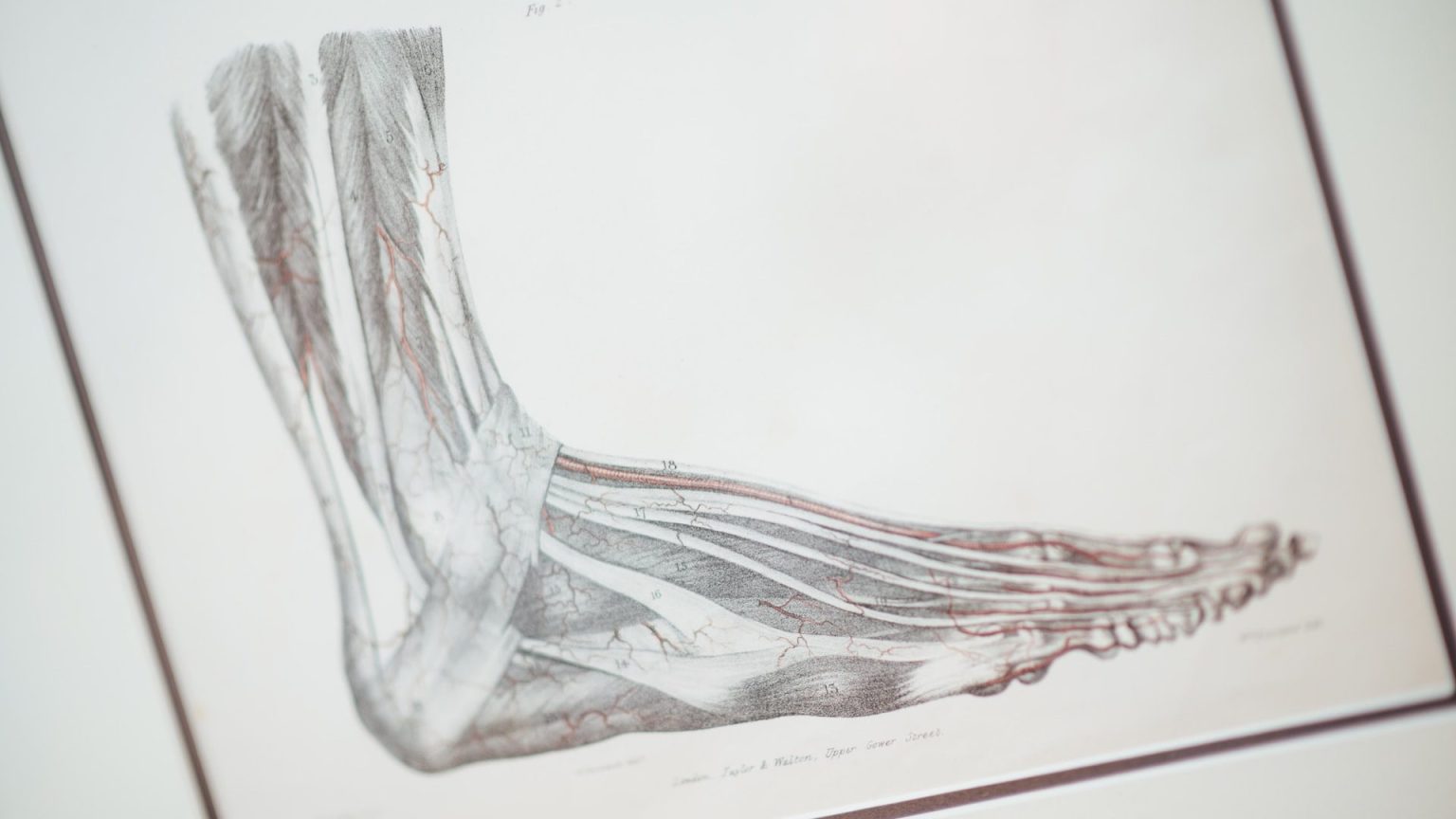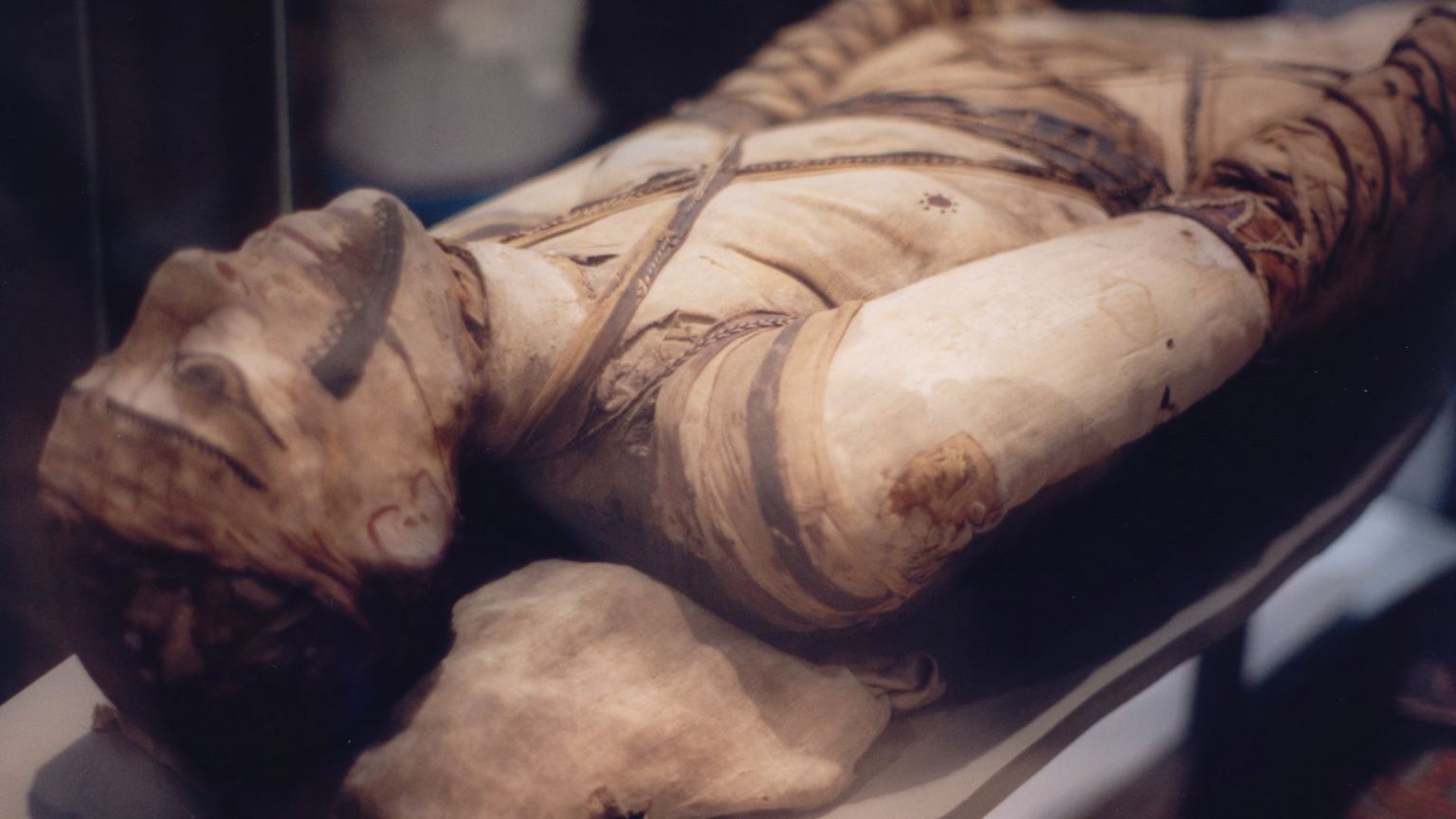archeology
In popular culture, the eruption is usually depicted as an apocalyptic event.
How (not) to end up in the ash heap of history.
A poignant, 2,000-year-old burial in northern Italy could be the latest evidence of an ancient friendship.
Well-preserved ancient plants and other finds at the Clarkia fossil beds hint at what kind of evidence any Martian life may have left behind.
Plagues, war, and genocide were literally frozen in time.
New radiocarbon dating reveals astonishing insights.
Skilled hunters adapted to the changing landscape and left tantalizing clues to who they were.
They have held our fascination ever since we first identified their remains.
Along with obsidian that dazzled scientists in Canada.
The Parthenon embodies the ideals of perfection Classical Greeks sought from architecture. The neighboring Erechtheion offers something else.
Perhaps it’s not just an oddly shaped hill, after all.
The clash of academic archaeology and what might be called folk archaeology comes into stark focus at Stonehenge.
Destruction of the Ukrainian dam unleashed a catastrophic flood—and surfaced centuries of cultural heritage. Now there’s a call not to rebuild it.
People discovered prehistoric fossils long before Charles Darwin published “On the Origin of Species.” The remains of these unknown creatures often puzzled their discoverers.
A marine reptile fossil from Svalbard challenges ideas about evolution and Earth’s greatest mass extinction.
On the menu: stews, cheese, and fermented drinks.
Glimpse into the ancient Maya empire through the writing of its own inhabitants.
And her clothing tells an important story, says archeologist Rita Wright.
Researchers discovered something modern humans had never before seen—a flashy Neanderthal horn collection.
A new discovery pushes back the origin of these technologies by about 40,000 years.
Archaeologists turn to other scientific fields to fill in the picture of how victims lived and why they died.
The strange bronze artifact perplexed scholars for more than a century, including how it traveled so far from home.
An unexpected ancient manufacturing strategy may hold the key to designing concrete that lasts for millennia.
The spikes in their mouths would have helped them catch squid or fish.
The monsoon rains were not always so reliable.
The artifacts were often made from found objects – an Ivory dish-soap bottle transformed into an earthenware figure.
Was our distant ancestor a biped or not – i.e., human or not human?
Sex can be a death trap even for modern toad and frog species.
The weird and wild ways mummy fever swept through Europe.
